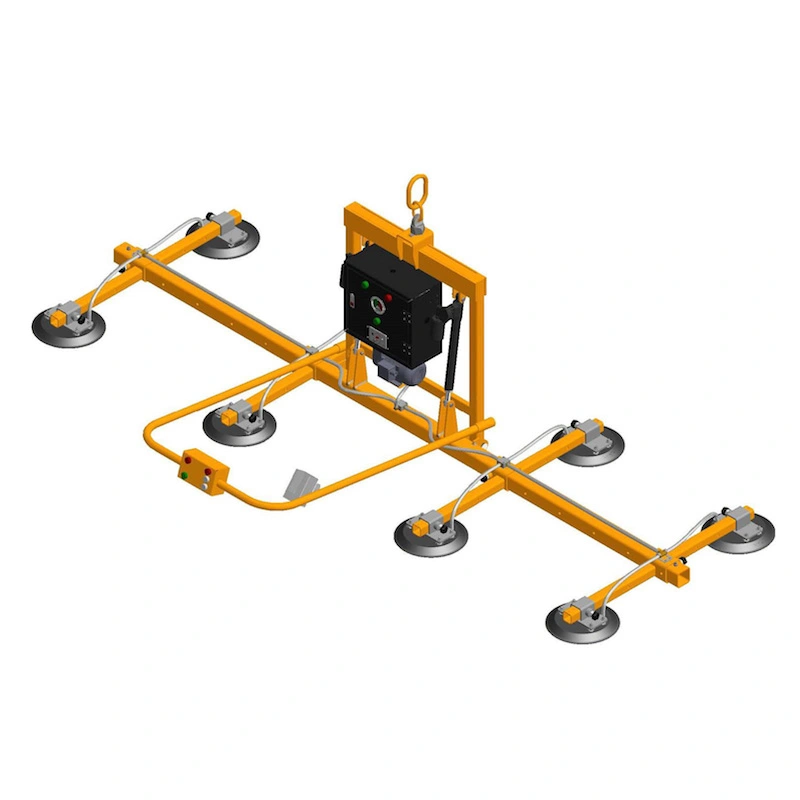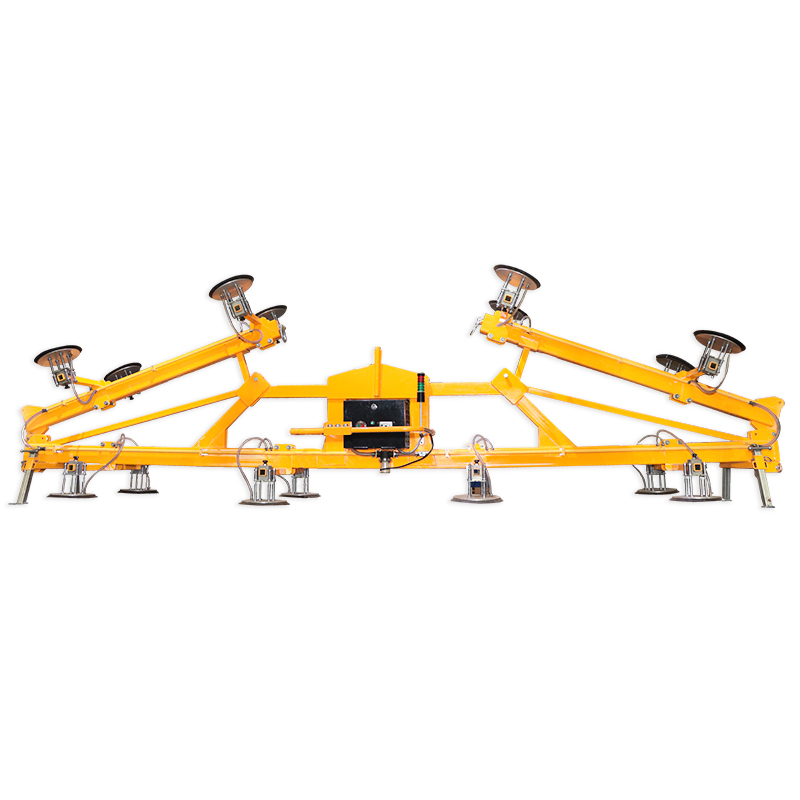In the age of smart factories and construction 4.0, automated material handling systems have transformed how goods and raw materials are moved, stored, and processed. One technology central to this transformation is the vacuum lifter—a tool that leverages suction power to lift, move, and position materials with precision and safety. But where, exactly, can a vacuum lifter be integrated to maximize its benefits? Drawing on industry expertise and best practices, this article details the integration points, system advantages, and how to ensure your operation meets today’s standards for safety, efficiency, and productivity.

Table of Contents
ToggleThe Role of Vacuum Lifters in Modern Material Handling
At its core, material handling encompasses the movement, protection, storage, and control of materials through manufacturing, warehousing, and distribution. Automated systems—including robots, conveyors, hoists and cranes, and intelligent storage solutions—rely on highly specialized equipment to minimize labor cost in construction, improve safety on the construction site, and increase construction productivity. For a foundational understanding, see What Is Material Handling?
Vacuum Lifters (Vacuum Lifters) are a crucial part of this ecosystem. Whether moving glass, sheet metal, stone, or other heavy non-porous materials, they can be installed as stand-alone devices or as part of a fully automated production or logistics line.
Where Can Vacuum Lifters Be Integrated?
1. Robotic Pick-and-Place Systems
Vacuum lifters are commonly paired with robotic arms to automate the picking, orienting, and placing of panels, sheets, and components. This is standard in:
- Automated warehouse systems
- Glass and window manufacturing
- Metal fabrication lines
- Electronic assembly
The vacuum lifter attaches securely to the item, ensuring gentle yet firm handling and eliminating the risk of damage or contamination, especially in high-speed environments.
2. Conveyor Integration
On fast-moving conveyor lines, vacuum lifters can automatically lift, rotate, or stack products. In facilities where product orientation is critical, integration with conveyors in construction and production is seamless. This reduces manual touchpoints, improves safety, and maintains a steady flow of materials.
3. Automated Storage and Retrieval Systems (ASRS)
Automated warehouses and distribution centers often use vacuum lifters to retrieve, sort, and place items from high-density storage racks. Their accuracy and ability to minimize material waste make them ideal for high-value goods, fragile panels, or unusual shapes. This is particularly effective in:
- Sheet metal or stone slab storage (Aardwolf Slab Lifters)
- Finished glass and panel storage
- Inventory consolidation
4. Flexible Manufacturing Cells
In mixed production environments, vacuum lifters can be part of a modular system, working with Jib Cranes, gantry cranes, and carts to automate the movement of parts between stations. They enable rapid retooling for new product lines and easy scaling for growth.
5. Integration with Automated Guided Vehicles (AGVs)
Some modern AGVs (robots that move autonomously throughout a facility) use vacuum lifters to autonomously pick up and deliver materials. This reduces the need for human intervention and supports 24/7 operations, particularly in large logistics hubs.
Key Benefits of Integration
- Reduce Labor Cost in Construction: Automating lifts and transfers drastically lowers the need for manual labor, enabling teams to focus on higher-value tasks.
- Improve Safety: Vacuum lifters reduce injury risks from heavy or awkward loads, meeting or exceeding material-handling equipment standards.
- Increase Productivity: Automated vacuum systems minimize downtime and allow for continuous operations.
- Minimize Material Waste: Gentle, controlled lifting reduces drops and damage, protecting both raw materials and finished products.
- Scalability: Automated integration allows your system to scale with production demand.
Practical Considerations for Integration
- Assess Your Workflow: Evaluate where the highest manual labor or risk points are. These are often where vacuum lifters deliver the greatest ROI.
- Compatibility: Choose vacuum lifters and material handling equipment that interface seamlessly with your automation system—whether PLC-controlled robots, conveyors, or AGVs.
- Training & Maintenance: Even automated systems require periodic maintenance and operator oversight. Regular inspections, as highlighted in What Are Common Issues in Material Handling Using a Vacuum Lifter and How Can They Be Fixed?, will prevent unplanned downtime.
- Safety Compliance: Verify that every integration meets applicable safety regulations and standards, such as those for forklifts for construction, hoists and cranes, and warehouse automation.
Real-World Examples
- Stone and Glass Fabrication: Facilities use Aardwolf Slab Lifters and vacuum lifters to automate the loading and unloading of slabs on CNC machines.
- Automotive Plants: Large body panels and windscreens are moved via robotic vacuum lifters, improving line speed and reducing rework.
- Logistics Hubs: Automated vacuum lifters on AGVs transfer cartons or sheets between different process zones without manual input.
Conclusion
Vacuum lifters are not just simple lifting devices; they are core elements in modern, automated material handling systems. Their ability to integrate with conveyors, cranes, ASRS, AGVs, and robotic arms makes them indispensable for companies seeking to reduce labor costs, increase productivity, and minimize waste. For optimal results, partner with industry leaders in Material handling Equipment, invest in proper maintenance, and regularly review your systems for improvement opportunities.
Explore how you can transform your operations with Vacuum Lifters, Jib Cranes, and more advanced automation tools today!
















Please log in to leave a comment.